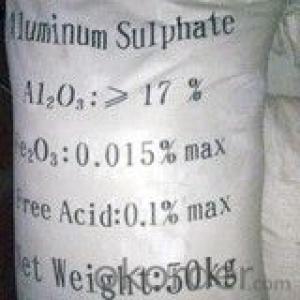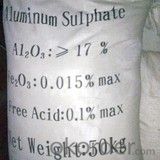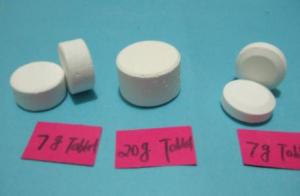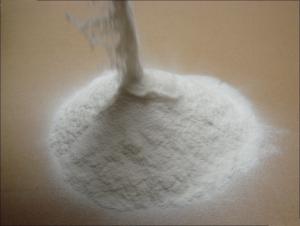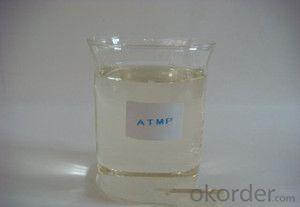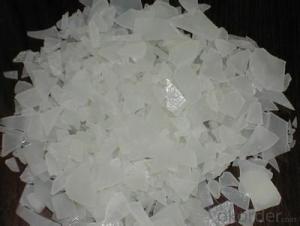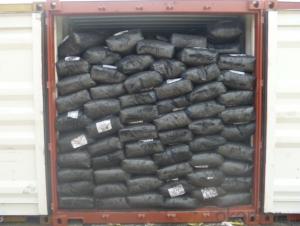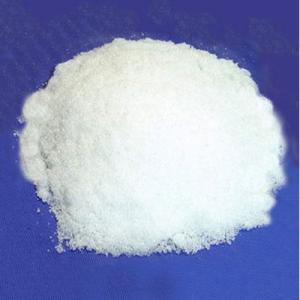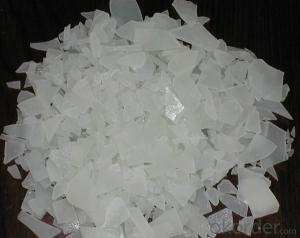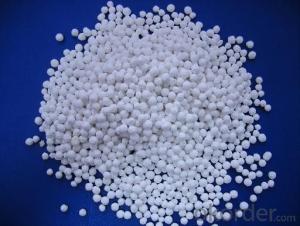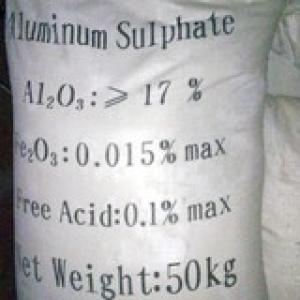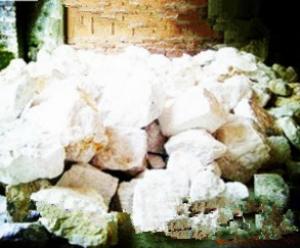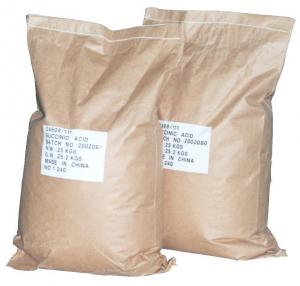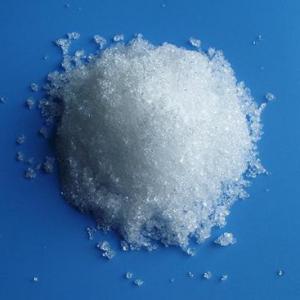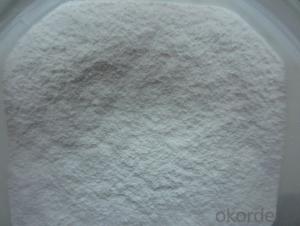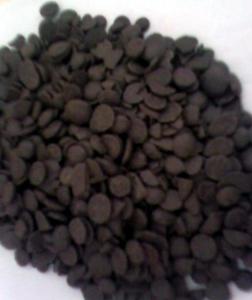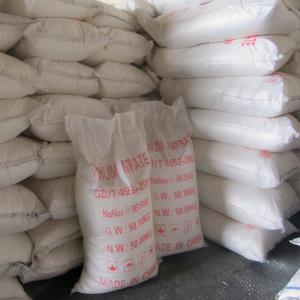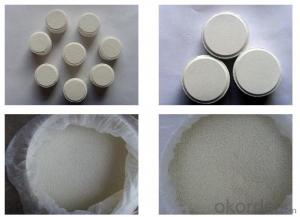Aluminium Sulphate/Aluminum Sulfate/Alum Flocculant
- Loading Port:
- Qingdao
- Payment Terms:
- TT OR LC
- Min Order Qty:
- -
- Supply Capability:
- 12000 m.t./month
OKorder Service Pledge
OKorder Financial Service
You Might Also Like
1. Chemical and Physical Properties:
Product name: Aluminium Sulphate or Aluminum Sulfate
Shape: Flakes or Granular or Powder.
EINECS NO.:233-135-0
CAS No.: 10043-01-3
HS.Code: 28332200
Molecular Formula: Al2(SO4)3
Appearance:It is white or grey flake,particle or massive crystallization.
Apt to cake after moisture absorption when laid in air for a long time.A little green because of Fe2+ ,yellow when Fe2+ is oxided to Fe3+.Soluble in water easily,and water solution is acid.
2. Specification:
Standard: HG/T 2225-2001 and HG/T 2227-2004
Items | Specifications | |||
I Type:Low Ferrous/Low Iron | II Type:Non-Ferrous/Iron-free | |||
First Class | Qualified | First Class | Qualified | |
Al2O3 % ≥ | 15.8 | 15.6 | 17 | 16 |
Ferrous(Fe )% ≤ | 0.5 | 0.7 | 0.005 | 0.01 |
Water Insolube % ≤ | 0.1 | 0.15 | 0.1 | 0.15 |
PH (1% aqueous solution) ≥ | 3.0 | 3.0 | 3.0 | 3.0 |
Arsenic(As) %≤ | 0.0005 | 0.0005 | ||
Heavy metal (Pb) %≤ | 0.002 | 0.002 | ||
3.Applications:
Water effluent treatment system
It's used for purification of drinking water and wastewater treatment by settling of impurities by
means of precipitation and flocculation.
Paper Industry
It helps in sizing of paper at neutral and alkaline pH, thus improving paper quality (reducing spots
and holes and improving sheet formation and strength) and sizing efficiency.
Textile Industry
It is used for color fixing in Naphthol based dyes for cotton fabric.
Other Uses
Leather tanning, lubricating compositions, fire retardants; decolorizing agent in petroleum, deodorizer; food additive; firming agent; dyeing mordant; foaming agent in firefighting foams; fireproofing cloth; catalyst; pH control; waterproofing concrete; aluminum compounds, zeolites etc.
4. Package:
Packaging Detail: PP/PE 50kg/bag;25kg/bag;Jumbo bag or according to customers' requirements.
20-25MT will be loaded in per 20'FCL container.
5. Attention and Storage:
The product is liable to absorb moisture and clot due to long-term exposure, so shady, cool and ventilated environment is needed.
- Q: Can Cuo react as a catalyst with H2O2, does its quality and chemical properties change?
- Can be, please, upstairs said wrong ... ... ... ... ... ... catalyst is not not to participate in the reaction, the second is because the essence of the catalyst is to participate in the reaction to accelerate the reaction rate of conversion, the catalyst after the reaction will be regenerated, and before and after conservation, quality and Chemical properties do not change. CuO is the catalyst for H2O2 reaction, and the catalytic effect of CuO is better than Mn02!
- Q: Could you tell me all the differences between those two catalysts? Thank you very much.
- Biochemical Catalyst
- Q: In the chemical reaction, why can the catalyst speed up the reaction rate
- Platinum and rhodium catalyzes the conversion of carbon monoxide and nitrogen oxides to carbon dioxide and nitrogen, which are used in the conversion of automobile exhaust gases, and in most cars.
- Q: What is the difference between biological enzymes and chemical catalysts?
- Chemical catalysts are widely used, generally the majority of transition elements
- Q: I think doubling the concentration of catalyst will double the rate of a reaction (K2/K1 =2). I want to confirm. This is for my project work. Please reply as soon as possible.
- A catalyst speeds up a chemical reaction by providing an alternate reaction pathway with a lower activation energy, thus increasing the number of collisions that can result in the formation of product. When the catalyst is a reactant in the rate determining step, and the reaction is first order in the catalyst, then a doubling of the concentration will double the rate. But if the rate determining step which includes the catalyst is not first order, then doubling the concentration won't double the rate. Then there is the case of a heterogeneous catalyst in which the reaction is essentially zero order in the catalyst. The amount of catalyst won't affect the speed of the reaction beyond the initial increase. The mere fact that the catalyst is present speeds up the reaction.
- Q: how does the amount of a catalyst affect reaction rate?
- A catalyst is actually a necessary part of the reaction. The catalyst is different on in that the catalyst returns to its original state when the catalyzed reaction completes. But that means that for each atom or molecule that goes through this reaction, there must be an atom or molecule of the catalyst to combine with. You could think of the catalyst as the buses that carry the reactants to their goal. The more buses, the faster the reactants reach their goal, but at the end, all the buses are empty, just like they started.
- Q: Will the catalyst be able to increase the rate of chemical reactions?
- In general, the catalyst has a positive catalyst (i.e., accelerates the reaction rate) and a negative catalyst (i.e., reduces the reaction rate), and generally does not specifically refer to both the positive catalyst.
- Q: Does increasing the amount of catalyst added to, say, a solution of Hydrogen Peroxide, make the rate of reaction go faster. Is the rate of reaction directly proportional to the amount of catalyst added to the solution? Or does the experiment go at the same rate regardless of how much catalyst there is? Thanks would really appreciate some answers. - Sarah
- Adding a catalyst would increase the rate of reaction. This could decrease the activation energy, the amount of kinetic energy needed for the reaction to occur. Hope that helps
- Q: In the chemical reaction, the rate of decomposition reaction is related to the quality of the catalyst?
- related
Send your message to us
Aluminium Sulphate/Aluminum Sulfate/Alum Flocculant
- Loading Port:
- Qingdao
- Payment Terms:
- TT OR LC
- Min Order Qty:
- -
- Supply Capability:
- 12000 m.t./month
OKorder Service Pledge
OKorder Financial Service
Similar products
Hot products
Hot Searches
Related keywords
